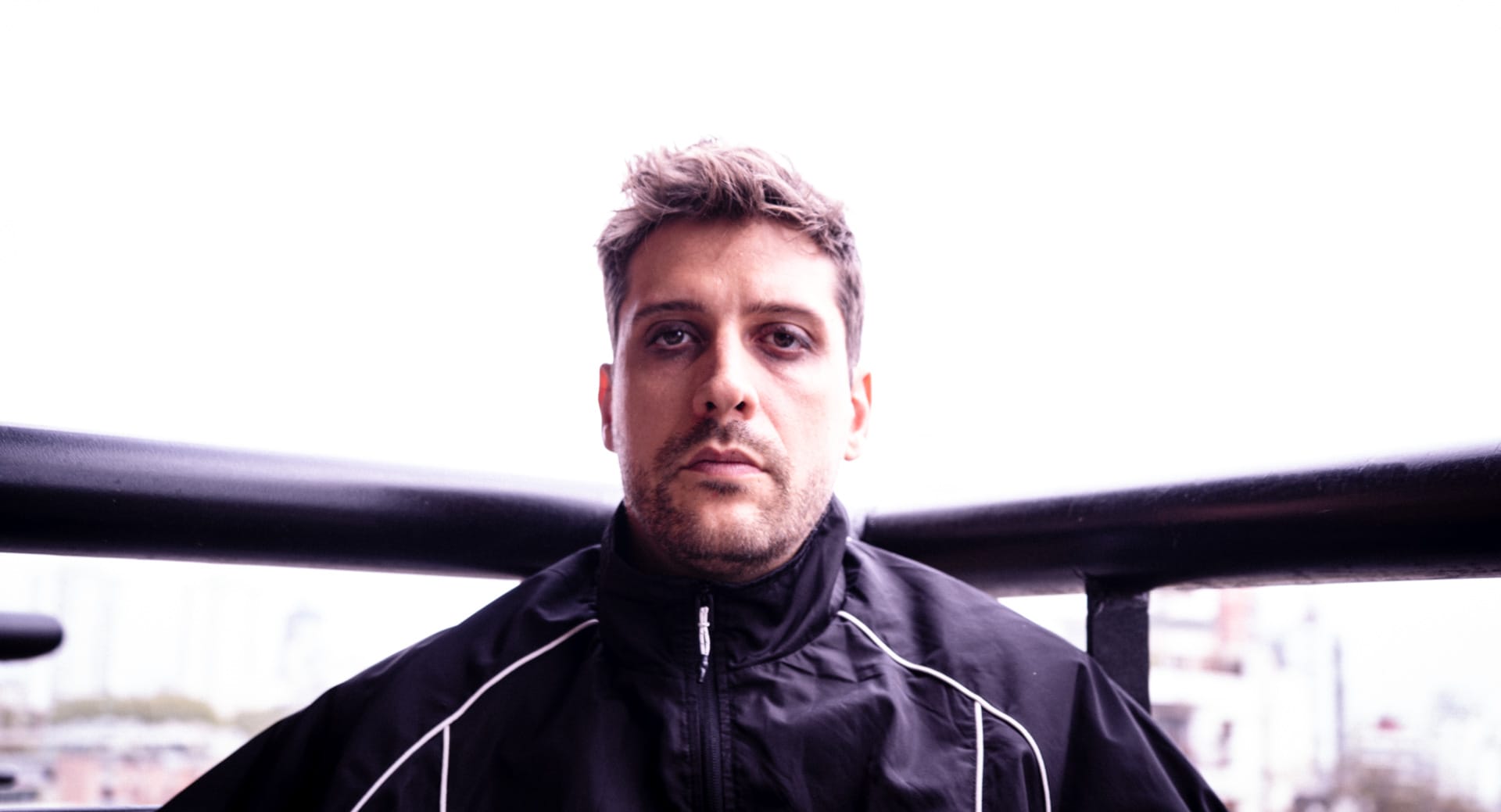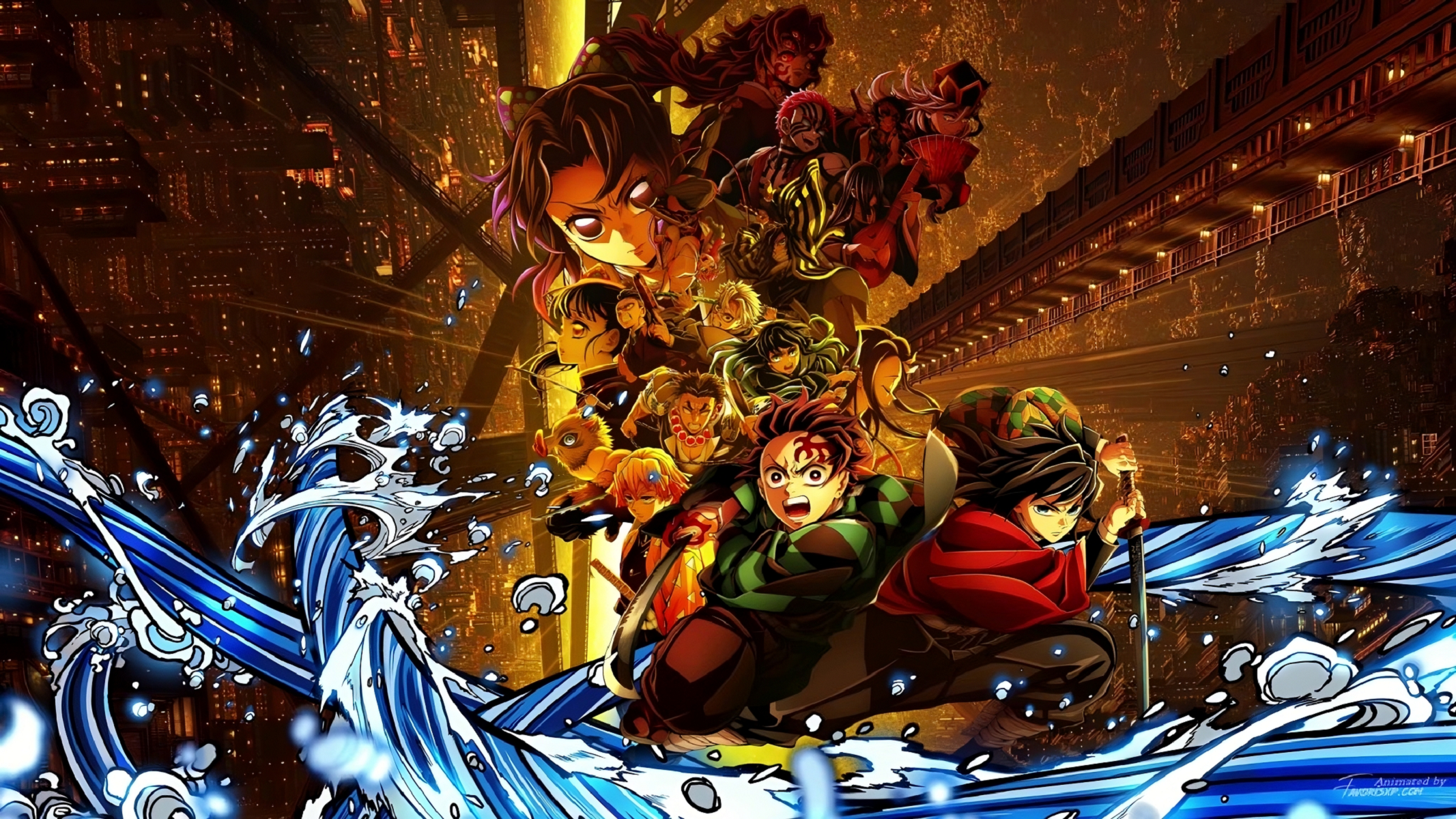
We can safely say this: Demon Slayer is the anime that defines Generation Alpha. Just as Naruto, Bleach and One Piece defined Generation Z, and Pokémon, Dragon Ball and Saint Seiya did for Millennials, this series becomes the foundational myth for those growing up in a world shaped by screens, algorithms, and anxiety.
Japan has been shaping generations of young people with its animated productions for more than four decades, and I must admit I've followed each of those eras. I grew up with them —and, in some ways, they shaped me. I owed myself a piece of writing about something that has accompanied me culturally all my life and has never let me down.
Demon Slayer already has four seasons and will conclude with a trilogy of films. On September 11, the first one —Kimetsu no Yaiba: Mugen-jō-hen— premiered, and of course, I was there. It had been years since I'd felt such excitement for a premiere —not since The Lord of the Rings. I bought the tickets as soon as they were released and found myself immersed in the otaku microcosm at the theater: kids dressed as their favorite characters, uniting generations around the same animated myth.
Something was happening that caught me by surprise: within a small fragment of society, kids were living a childhood closer to the one I once had. Of course, we didn't dress up, but I was there, aware that I wasn't just watching a movie —I was witnessing a rite of passage for today's youth; one not everyone takes part in, but everyone recognizes.
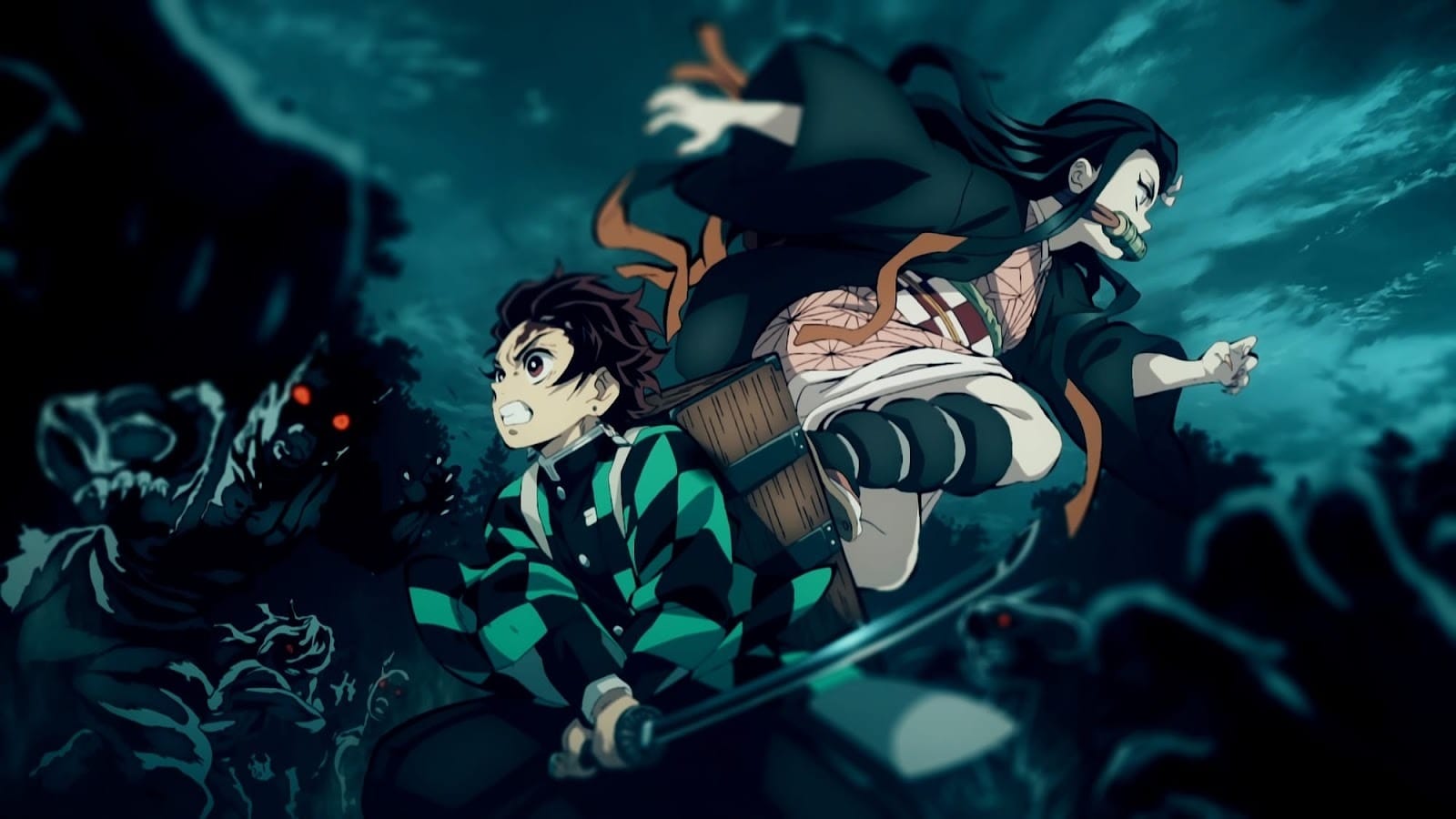
Fantastic (In All Its Meanings)
I'll make a big effort not to give away any spoilers; I want to invite you to watch the series —and I really hate spoilers. As the title of the series indicates, it is an entire cosmogony that revolves around a world where demons live and there are hunters who, from a very young age, and with long-suffering lives, train to kill them.
So what makes a story about demons and traumatized children conquer the entire world? The easy answer: Demon Slayer is fantastic in every sense of the word —with hypnotic animation, charismatic characters, layered stories, and epic battles.
But the more unsettling answer is this: the series works as a mirror for an era seeking a moral compass in fiction —an aesthetic pedagogy about tragedy, community, and self-improvement. Demon Slayer does not only entertain: it educates, and it does so with the seductive force of an audiovisual show that no one can ignore.
Drowned in the literalness of our times, where metaphor seems to have died and much of the audiovisual content consumed is based on people speaking directly to the camera, this renewed fantastic cosmogony puts it back on the table the importance of imagination in storytelling, rather than recycling content through the fateful maneuvers of repetition, imitation, or franchising.
We find ourselves facing a beautiful universe, where literary resources such as metaphor, analogy, allegory, personifications, among others, function as pedagogical tools that keep the average audience entertained, while continually bursting in with charged and morally profound messages.
The pace of the series consists of moments of lots of excitement and combat, with sudden pauses that tell stories of those who fight, their memories, their feelings and their motivations. The differences between demons and hunters become blurred as time goes by, and one finds oneself in the middle of the cinema, listening to children excited not only by what happens "to the good guys", but also to the demons.
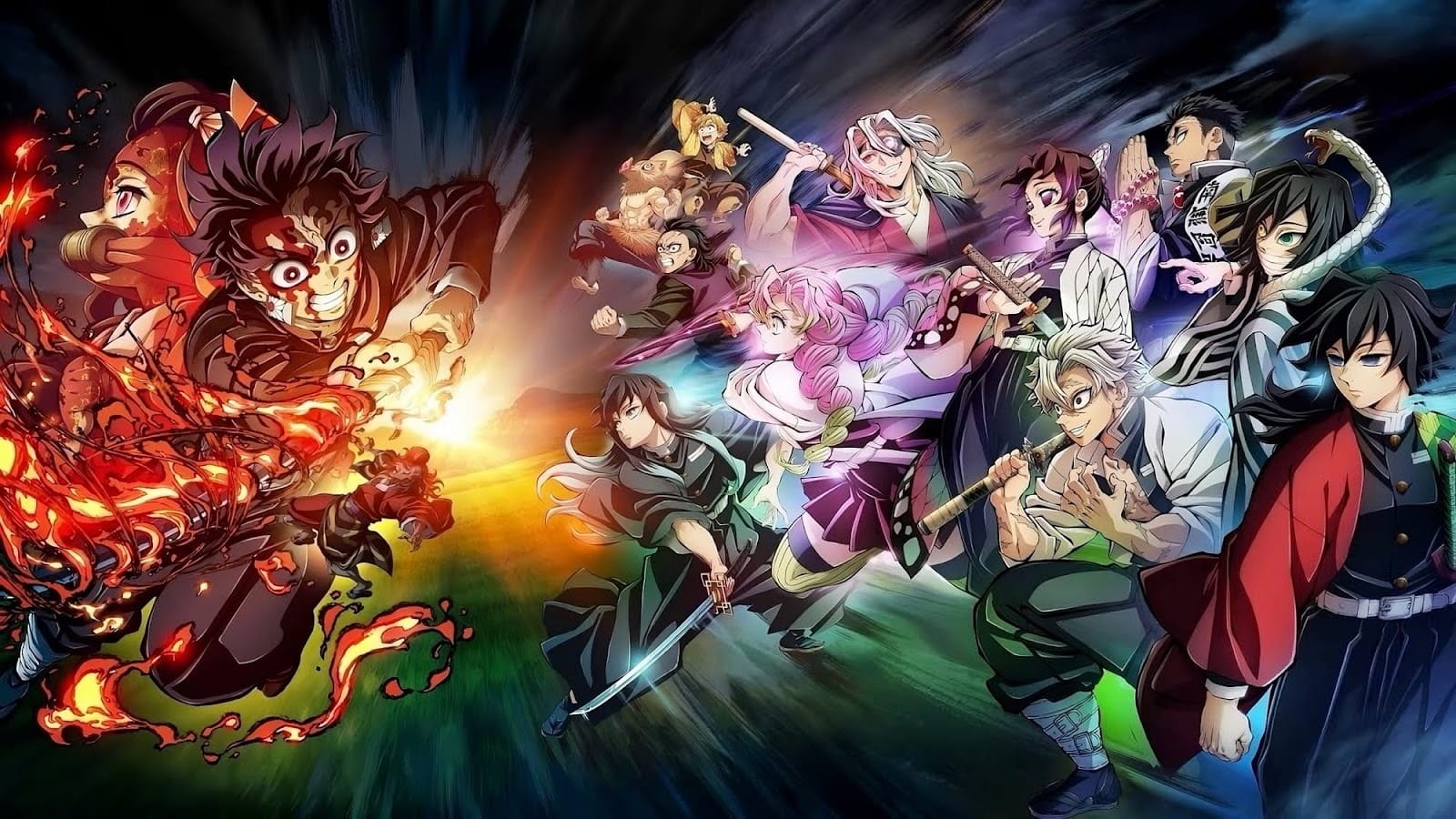
The Ritual of Violence
In the Demon Slayer universe, violence is never mere brutality —it's ritual. Each battle becomes a performance where savagery turns into art: a poetry of colors and motion.
Beneath the swords and demons, what truly pulses through the story is community, friendship, and family —an echo of the saying made famous by El Eternauta: "No one is saved alone". The main driver of Tanjiro, the protagonist, transforms the cosmogony of a world divided between demons and hunters, while trying to save his sister Nezuko. In times where the family is, at the same time, a founding myth and an ideological battlefield, Demon Slayer offers a clear story: personal sacrifice for family, for others. Throughout the story the family expands, forming a community that becomes intertwined in the lives of the characters.
This also happens to many demons. But I already said I'm not going to spoil.
The Demons We Carry Inside
The demons, however, aren¡t simply "others". The narrative exposes their past lives, showing they aren't aliens or invaders but humans twisted by desire, ambition, or frustration. A Girardian echo: the enemy is always a mirror. The battle against evil is, at its core, an intimate struggle against what we might become if we indulge in anger, despair or revenge.
The series thus achieves a double movement: it gives us terrifying villains, yes, but also forces us to see in them the reflection of our own humanity. The villain is not the monster, but the deformation of something recognizable in ourselves. And therein lies the hardest blow: it turns the fight against evil into an inner drama —a mirror of our own contradictions. The series thus becomes a profound sociopolitical critic.
Here's another fascinating point: Demon Slayer isn't just feudal Japan reimagined in an epic key; it's an universal tragedy, resonating across cultures and eras. Its landscapes, homes, and clothing evoke nineteenth-century Japan, but the stories it tells are recognizable in Buenos Aires, Paris, or Washington: loss, resilience, grief, hope.
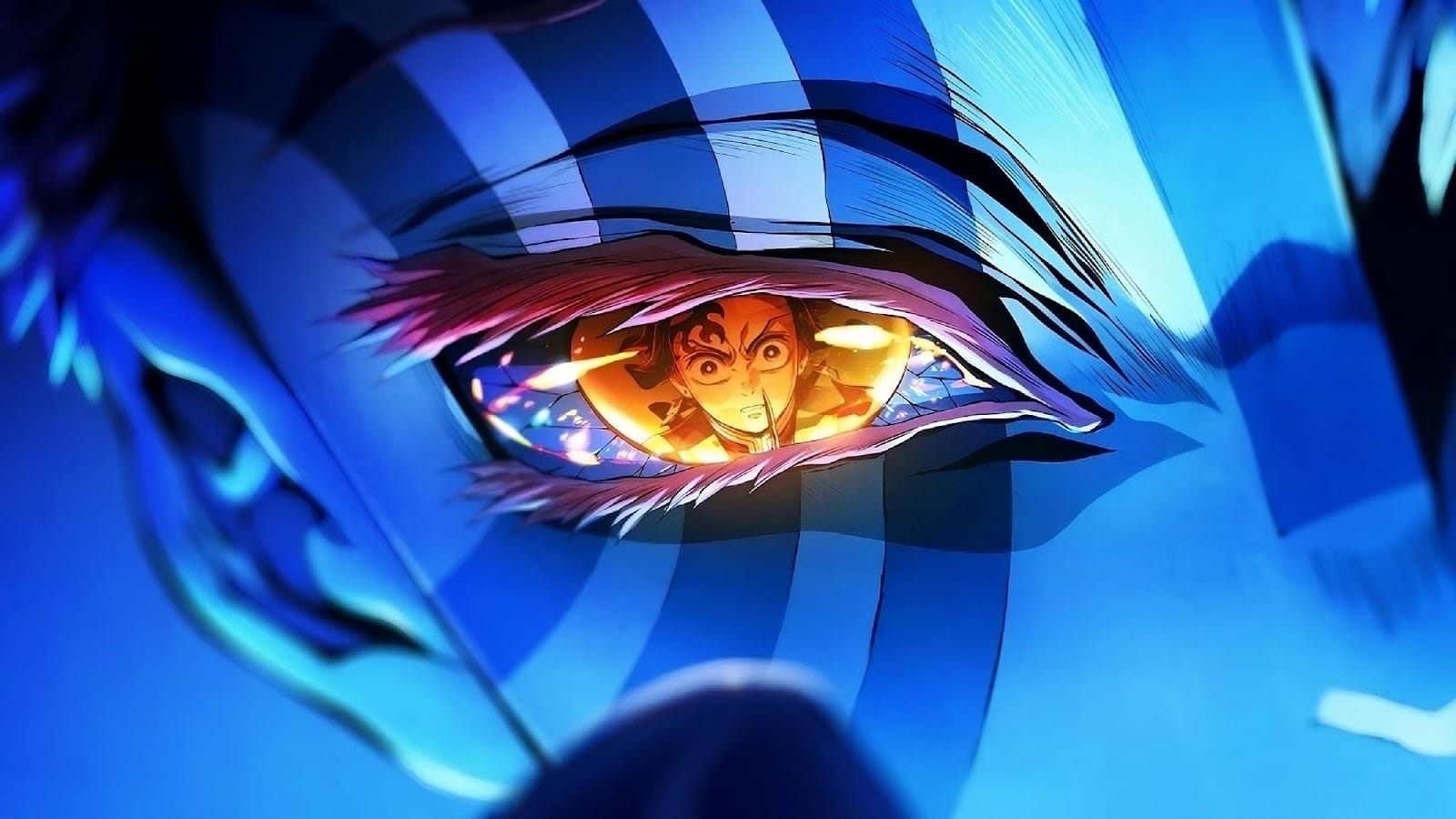
The tension is interesting: Demon Slayer is a story rooted in the particular and, at the same time, a narrative exported at the scale of the algorithm. It is Japan and it is not Japan; It is tradition and it is globalization; It is an ancient myth and at the same time a trending topic.
In this sense, the series can also be read through Carl Jung's lens: for Jung, demons aren't external beings but parts of the psyche's shadow —the repressed dimension that gathers the desires, fears, and drives we prefer not to face. Demon Slayer stages, with the literality of anime, that inner struggle.
Each demon is a materialization of the shadow: a tragic past, a frustration, an overreaching ambition that becomes a monster. Demon hunters cut bodies, yes, but they also pass through symbols: every battle is a confrontation with the repressed. Each demon has its own characteristics and that is based on their own past experiences, how they constitute themselves into those monsters.
This gesture is profoundly Jungian: integration of the shadow isn't achieved by denial, but through confrontation —recognizing it as a constitutive part of oneself. Perhaps therein lies one of the keys to its appeal: seeing how the characters transform fight not only against external darkness, but against what they could become.
The characters constantly face moments of emotional and physical weakness that are always resolved through will, effort and sacrifice. Physical and mental pain are very recurrent in the series and determine the results of each battle, which is nothing other than continuous self-improvement testing.
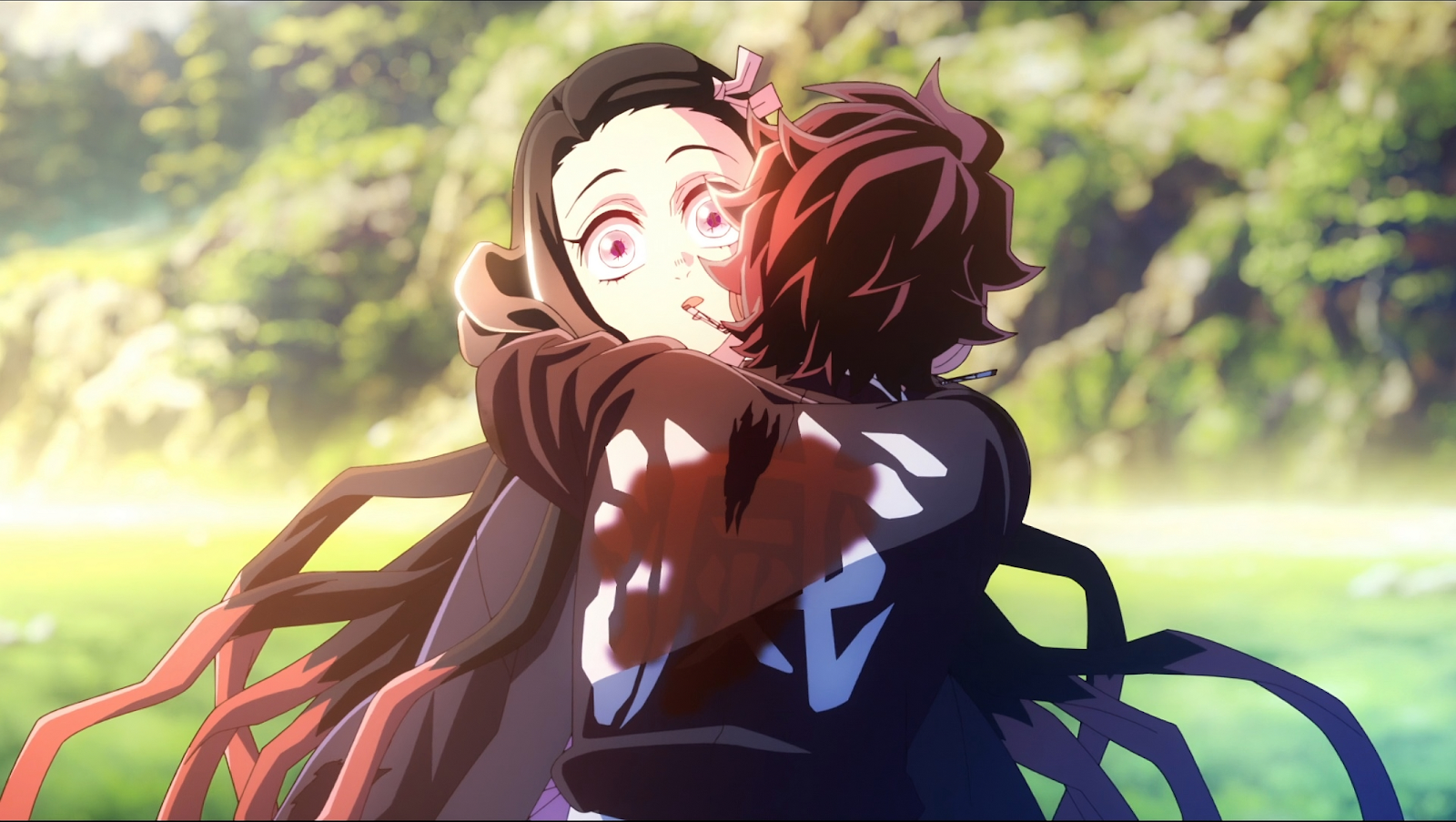
Maybe that's the key: we don't see Demon Slayer because we love blood or fights, but because we need a mirror that legitimizes our own sacrifices. The viewer, without realizing it, becomes Tanjiro —fighting monsters in the hope of respite on the other side. The demons that inhabit us are less spectacular but just as ferocious. Again: no one is saved alone.
Thus, the ritual violence in Demon Slayer becomes not only an act of liberation but also of salvation —for hunters and demons alike. In that gesture, Demon Slayer returns to us a simple yet profound truth: the struggle —even when endless— can be a form of shared redemption. And perhaps that's why this anime, more than any other in recent years, defines not just a generation, but how we understand ourselves.

